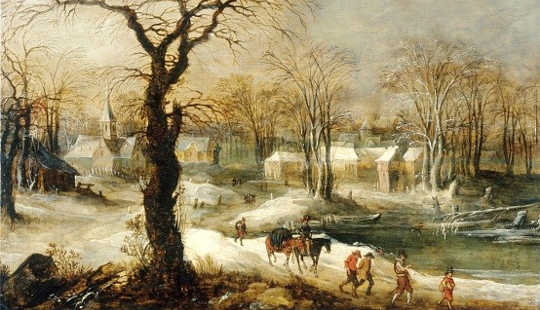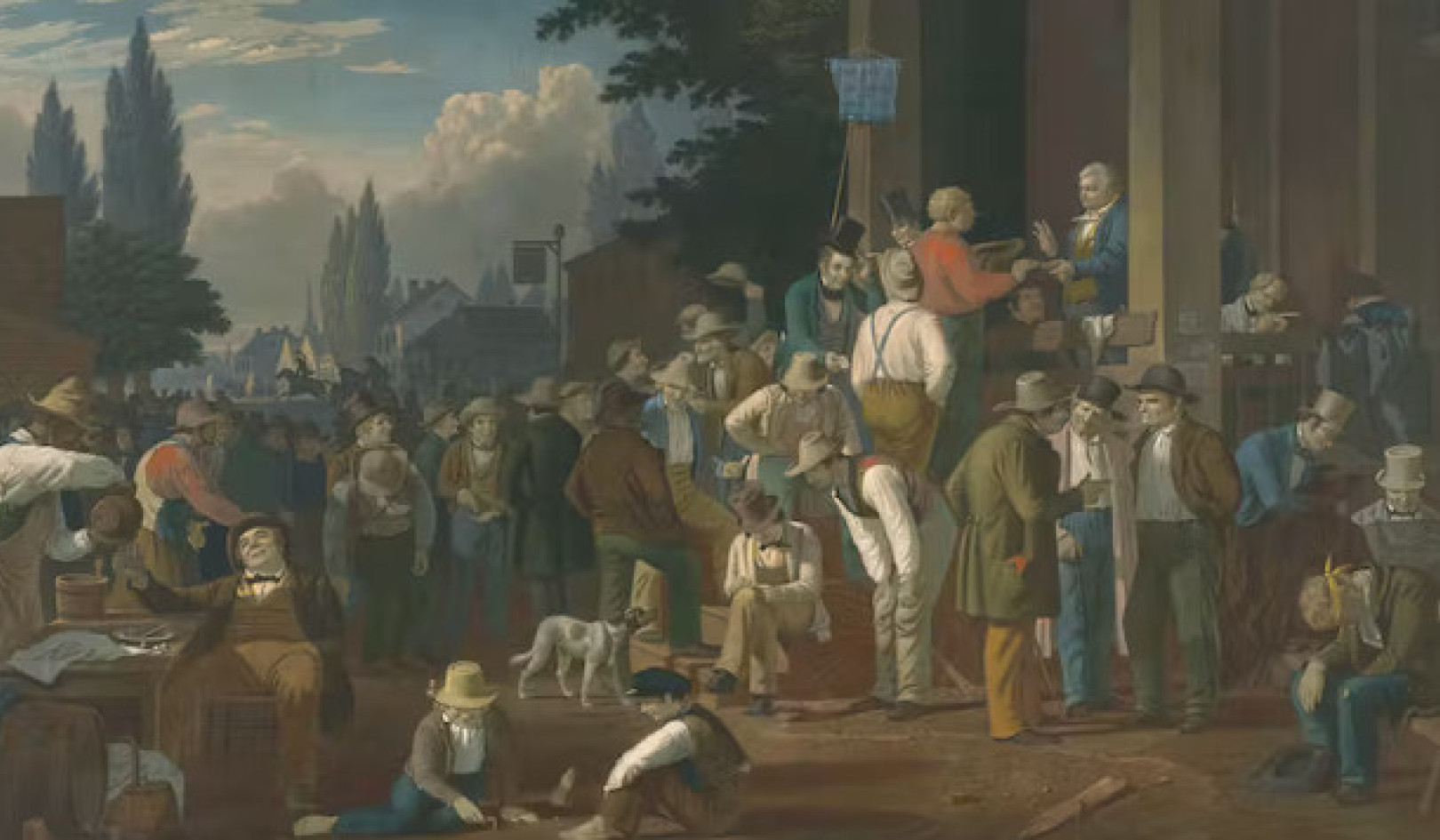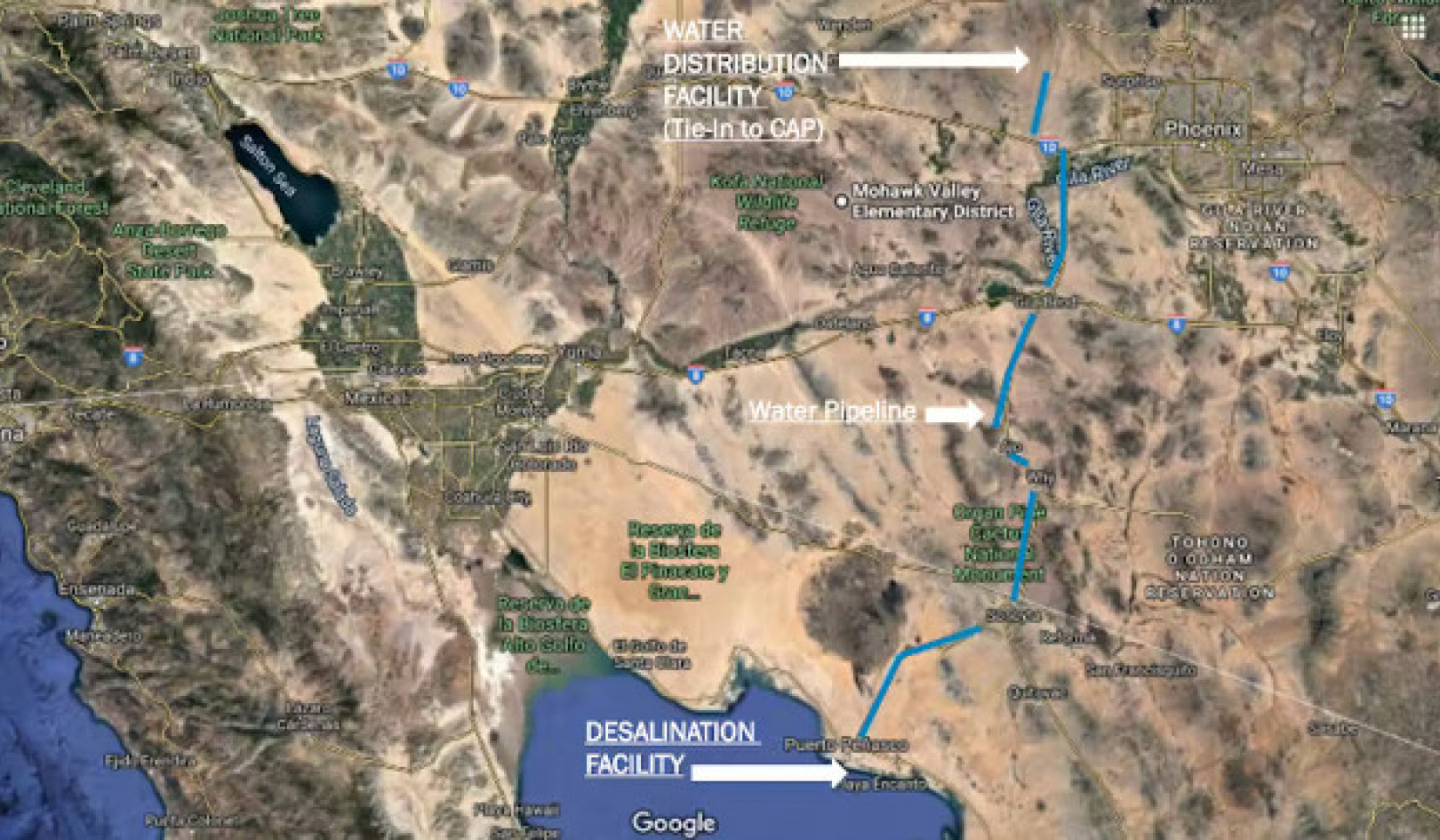
Nedgangen i atmosfærisk kuldioxidniveauer i den lille istid blev ikke forårsaget af nye verdens pionerer, der skar en svømning gennem indfødt amerikansk landbrug, som man tidligere havde troet.
I stedet er vores ny analyse of the climate record contained within Antarctic ice cores suggests that the fall in atmospheric CO? levels during the cold period from 1500 to 1750 was driven by increased net uptake of carbon by plants.
This in turn suggests that if plants reacted to falling temperatures by taking up more carbon, they are likely to react to the current rising CO? levels by releasing yet more of it into the atmosphere.
Historiske atmosfærer
Atmospheric CO? concentrations were fairly stable from around 2000 years ago until the start of the Industrial Revolution, since when they have begun to stige dramatisk. Undervejs var der dog relativt små skift, som det man så under den lille istid (LIA).
Carbon dioxide naturally cycles between the atmosphere, the land and the ocean. On land, it is removed from the atmosphere by plant photosynthesis and returned when plant material decomposes. Normally these processes balance out, but a change in the rate of one of these processes can shift atmospheric CO? levels to a new equilibrium.
Hvis nedbrydningen stiger, mens den opvarmes, vil dette bremse eller vende den rebalancerende optagelse, hvilket efterlader mere kuldioxid i atmosfæren, opvarmer klimaet yderligere og så videre, i en positiv feedback.
LIA korresponderede med starten på europæisk kolonisering af den nye verden. Europæiske sygdomme ødelagde befolkninger i Amerika, og en teori held that this led to a decrease in indigenous agriculture, which in turn let forests grow back and took up significant amounts of CO? from the atmosphere. This had been suggested as the first geologically recognisable signature of human impact on the globe, and thus the start of the Anthropocene epoch.
But was this actually the case? Our study suggests not, because while we can be relatively certain the LIA change in CO? levels was due to differences in the behaviour of land plants, our results suggest that the change was a response to the changing climate, and not to human-driven changes in vegetation cover.
Leder efter spor
How can we tell? We know that the process involved terrestrial plants, because the atmosphere during the LIA was even lower in CO? containing the isotope carbon-12, which is preferred by photosynthesising plants.
But how do we know if the changes were due to changes in vegetation cover, or to climate feedbacks. To answer that we looked at another gas, carbonyl sulfide (COS), which is also trapped in air bubbles along with the carbon dioxide. This molecule has almost the same structure as CO?, except one of the oxygen atoms is replaced with sulfur.
This is close enough to trick the plants, which take it up during photosynthesis. But unlike CO?, COS it is not released when plant material decomposes so an increase in photosynthesis leads to a decrease in atmospheric COS.
Det betyder, at den "tidlige antropocæne" hypotese har en testbar konsekvens: den burde have ført til en observerbar reduktion i COS-koncentrationer i iskernerne. Men da vi så på iskernerekorden, fandt vi, at der var en stigning. Dette tyder på, at fotosyntesen faktisk faldt under LIA, snarere end at øge, som vi ville forvente, hvis forskellen skyldtes skovgenvækst.
This means that the drop in atmospheric CO? during the LIA was more likely to have been a direct response to the dipping temperatures. The cool climate of the LIA reduced photosynthesis but also slowed down plant respiration and decomposition, with the net effect that more CO? was taken up by the land biosphere during cool periods.
Hvad med fremtiden?
The flipside of this is that the reverse may happen when temperatures rise, as they are now. Rising temperatures are likely to mean even more CO? being released from the terrestrial biosphere. While plants continue to increase their photosynthesis as Earth warms, our findings suggest that plant decomposition will increase even more, meaning that less carbon stays in the soil.
Dette er bekymrende, for som vi ved, har mennesker åbnet for hanen på en ny kilde til kulstof: fossile brændstoffer, der tidligere var låst væk under jorden. Vi returnerer hurtigt masser af dette lagrede kulstof til atmosfæren, og jorden og havet fjerner kun omkring halvdelen af det, vi tilføjer.
Our discovery suggests that every degree increase in temperature will result in about 20 parts per million extra carbon dioxide in the atmosphere. This is about the middle of the expectation from climate models. It means that, if we want to keep global warming to within 2? of average pre-industrial temperatures, in line with the Paris klimaaftale, we need to factor in this positive feedback loop, which means that the more temperatures climb, the more extra CO? will be released from the world’s landscapes.
Om forfatterne
Peter Rayner, professorstipendiat, University of Melbourne
Cathy Trudinger, seniorforsker, CSIRO
David Etheridge, hovedforsker, CSIRO,
Mauro Rubino, , Anden University of Naples
Denne artikel blev oprindeligt offentliggjort den The Conversation. Læs oprindelige artikel.
Relaterede bøger
at

Tak for besøget InnerSelf.com, hvor der er 20,000 + livsændrende artikler, der promoverer "Nye holdninger og nye muligheder." Alle artikler er oversat til 30+ sprog. Tilmeld til InnerSelf Magazine, der udgives ugentligt, og Marie T Russells Daily Inspiration. InnerSelf Magazine er udkommet siden 1985.

Tak for besøget InnerSelf.com, hvor der er 20,000 + livsændrende artikler, der promoverer "Nye holdninger og nye muligheder." Alle artikler er oversat til 30+ sprog. Tilmeld til InnerSelf Magazine, der udgives ugentligt, og Marie T Russells Daily Inspiration. InnerSelf Magazine er udkommet siden 1985.





















